A Roundup of the Best Cheap Oils for Soap Making
Making handmade soap that have to be expensive. We’ve rounded up the best cheap oils for soap making that will still make great soap on a budget!
Make your own homemade soap bars using cold process, hot process, or melt and pour methods. Brush up on soapmaking tips and FAQs.
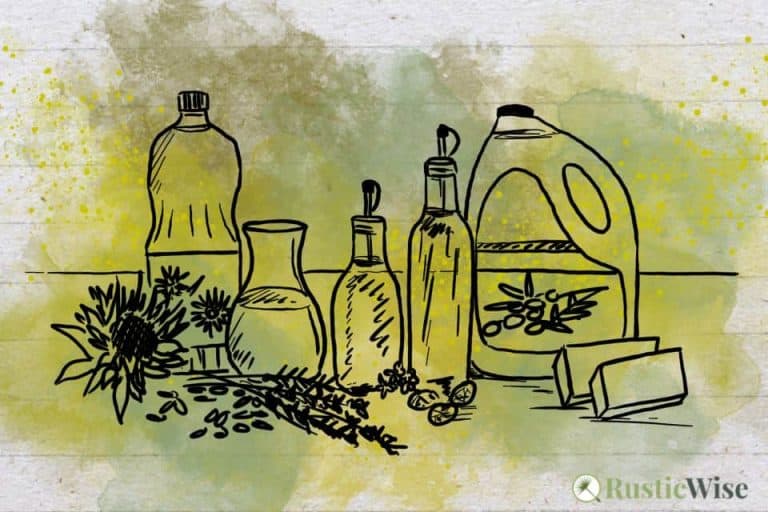
Making handmade soap that have to be expensive. We’ve rounded up the best cheap oils for soap making that will still make great soap on a budget!
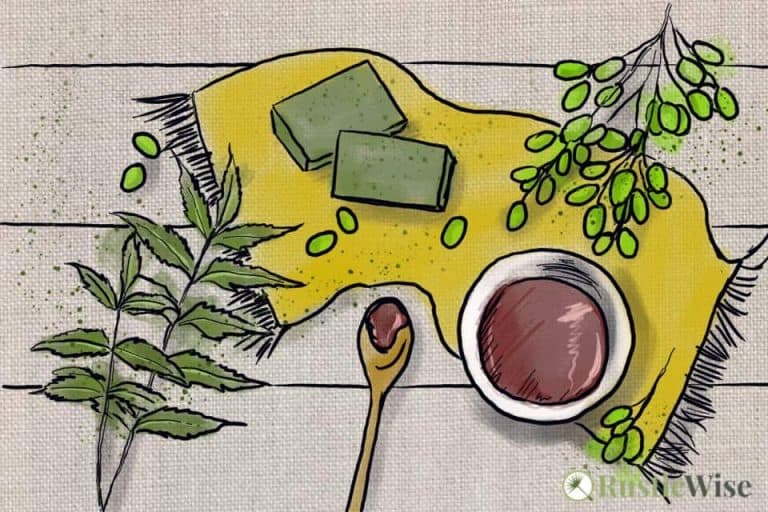
If you’re looking for a moisturizing oil to add to your batch of soap, consider using neem oil in soapmaking. Rich in vitamin E and fatty acids, learn more about it here!
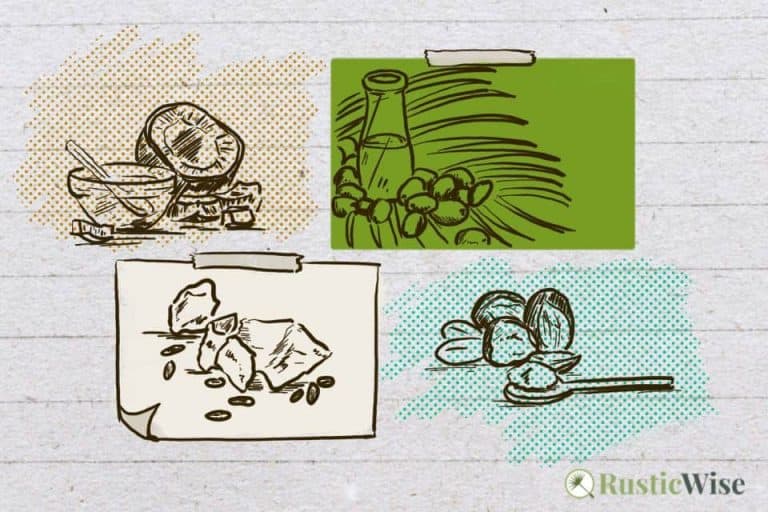
Are you looking to make a harder bar of soap? Check out the best hard oils for soap making along with a few brittle oils too (plus learn about their properties).
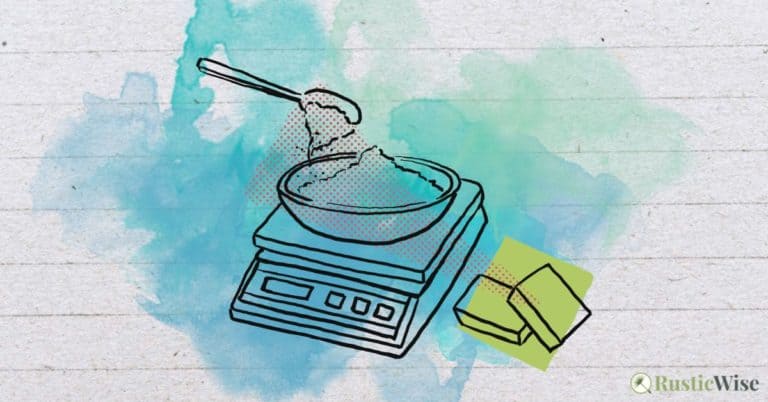
A reliable digital scale is an essential tool for making homemade soap. Here’s how to find the best scale for soap making for your needs.
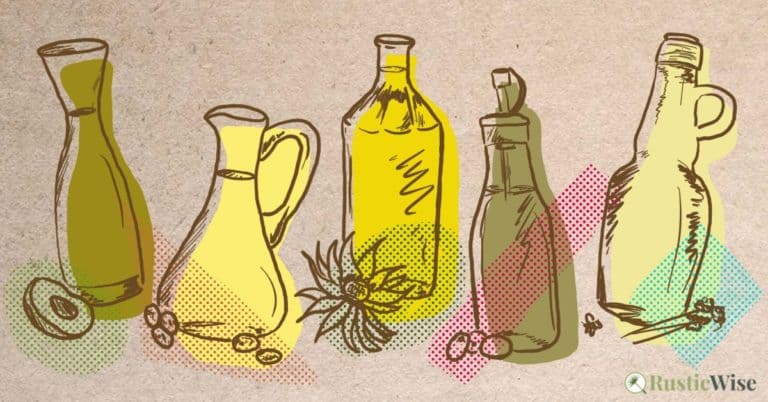
When making a batch of homemade soap, it’s important to choose the right vegetable oil for soap making. Here’s what you need to know.

What’s the best thermometer for soap making? We’ll go over the pros and cons of digital infrared thermometers and candy thermometers.
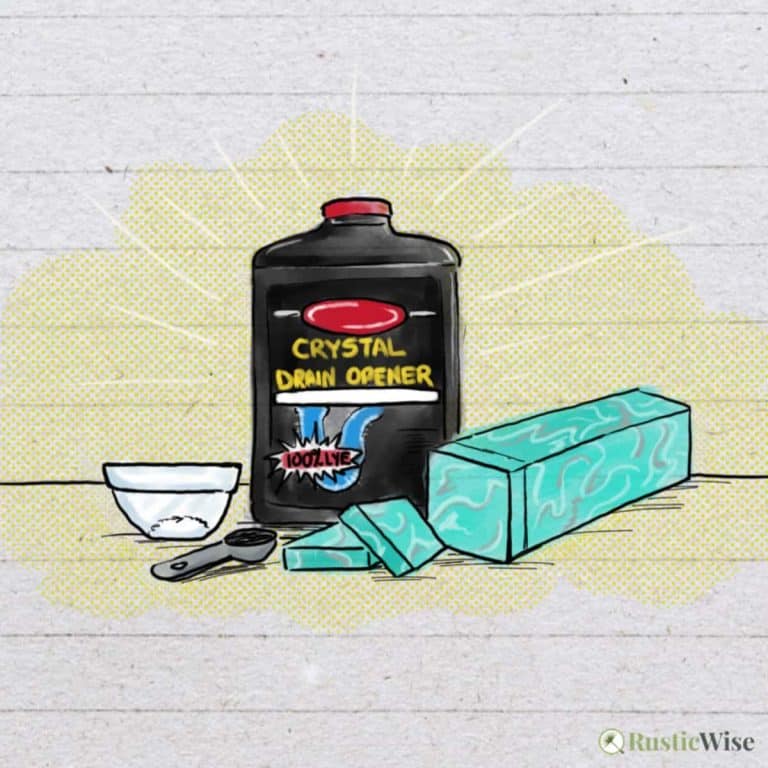
If you’re new to soap making, you might ask, can you use Roebic lye for soap making? Lye for soap making needs to be 100 percent sodium hydroxide. Read more.

Looking for a botanical to add to your homemade soap? Here’s how to use juniper berries in soap making plus juniper berries benefits for skin.
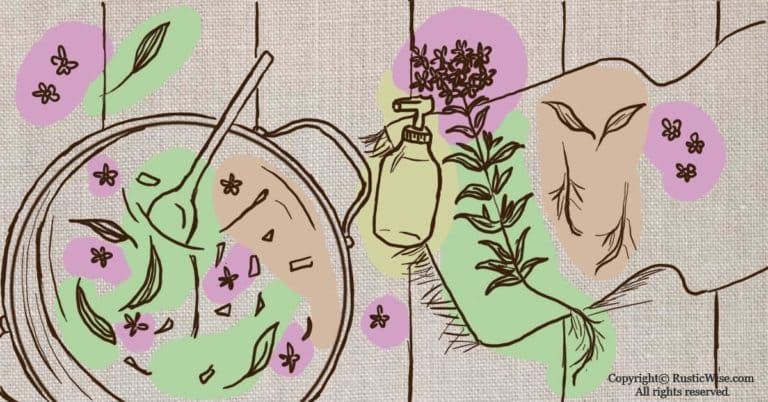
If you’re looking for a natural way to make soap (without lye), the soapwort plant is just what you need. We’ll show you how to make soap from soapwort plant!
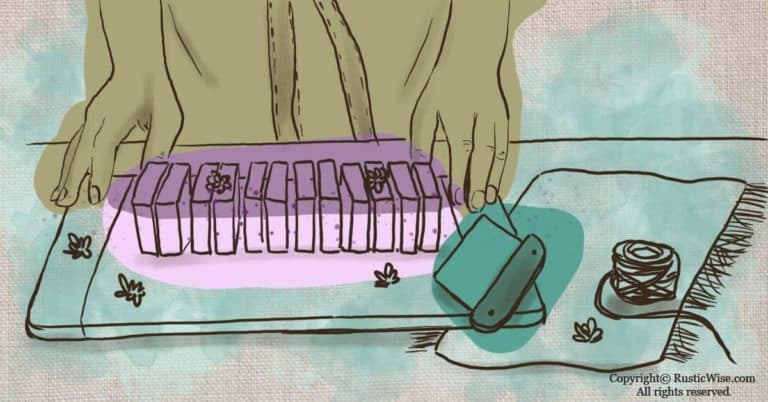
Learn how to cut a bar of soap without it crumbling, what causes homemade soap to crumble and more!
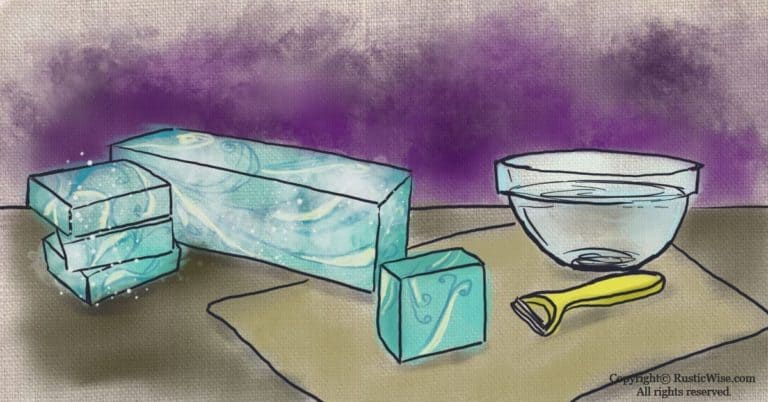
If you’re wondering what that white film is on your homemade soap, it’s probably soda ash. Soda ash on soap is annoying, but preventable and treatable.
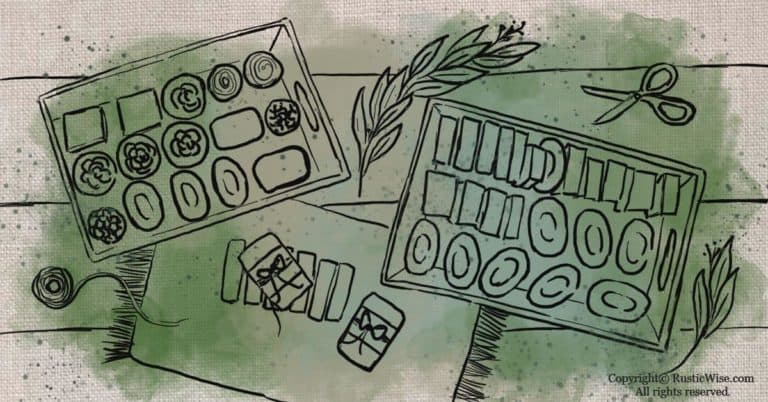
Learn how to store bar soap long term with our homemade soap storage tips. This post will teach you how cold process, hot process, and melt & pour soaps should be stored.
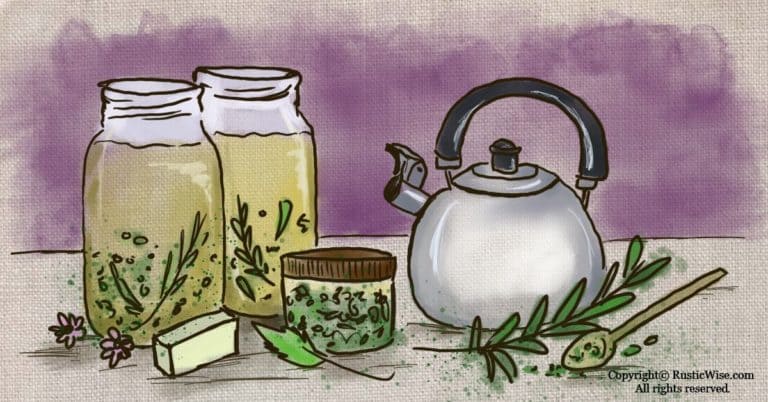
Learning how to make and use lye water tea is just one more method to add to your soapmaking toolkit if you want to add a touch of natural botanicals to homemade soap.
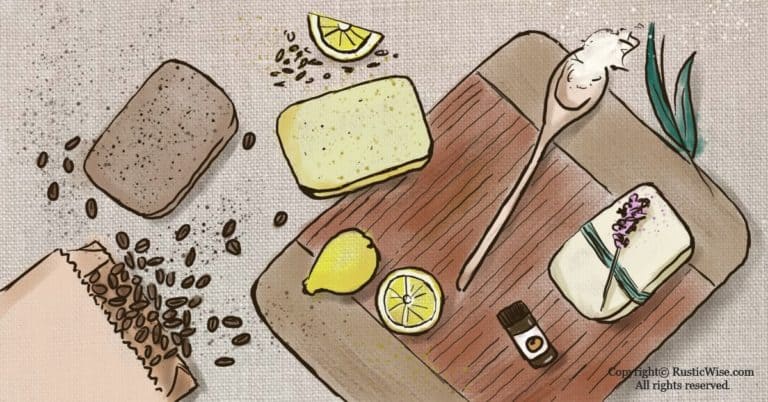
Kitchen work can be hard on your hands. Here’s a moisturizing kitchen hand soap recipe you can customize three ways to make bar soap that cuts through grease and removes odors.
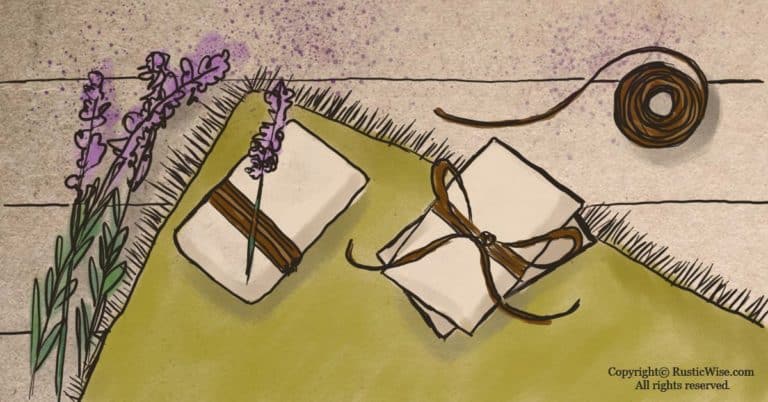
Here’s a basic hot process soap recipe with oodles of glycerin. Use your slow cooker to whip up a batch of this luxurious homemade soap.
End of content
End of content